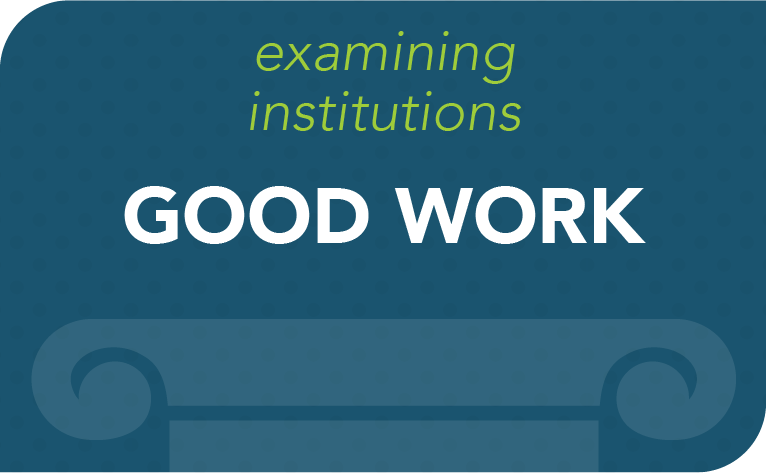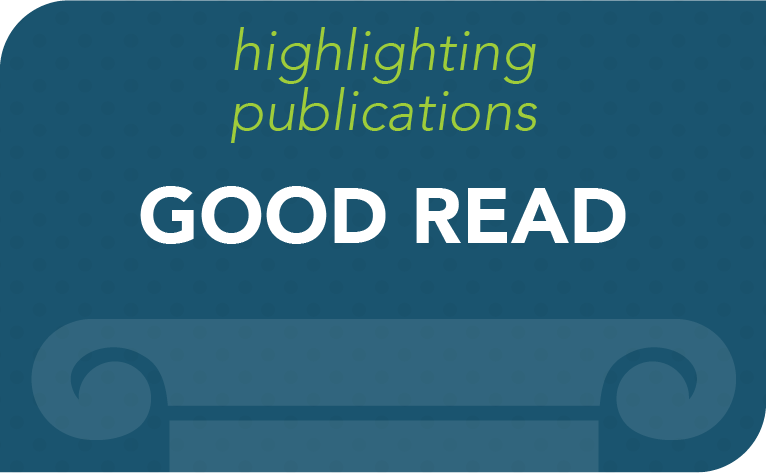
Cultivating Empathy in the Classroom
September 2022
Mary W. McCampbell, Ph.D.
Associate Professor of Humanities
Lee University
In her analysis of the parable of The Good Samaritan, Simone Weil emphasizes the acute, gentle attentiveness of the Samaritan when he encounters someone in need: “Attention is the rarest and purest form of generosity.” This generosity is something that must be cultivated. According to Weil, growing generosity for the other is a creative act, something that requires imagination and “is analogous to genius.” As a humanities professor, one of my central goals is to teach students how to become more attentive. Only through hospitable attentiveness will students be able to create space and imaginatively identify with someone who is very different from them.
But what kind of attentiveness cultivates the right kind of imagining? Although most of our students spend a great amount of fractured time online, jumping screens minute by minute, they are, at the same time, repeatedly exposed to a particular sort of toxic attentiveness: trolling. Some are also steeped in the screen-based world of conspiracy theories, seeing the end-result of countless attentive hours spent unraveling occult “truths” from an onslaught of unreliable information. Yet these sorts of attention do not typically lead to the development of an empathetic imagination for the “other” outside of a particular enclave. This tribalistic, selective attention leads to what Dr. Martin King, Jr. described as a “spiritual myopia,” prompting us to miss the humanity of the other, relying merely on labels of race, class, etc. How is it possible to create formative practices in the classroom that resist this sort of divisive attentiveness?
In a lecture I heard years ago given by author and pastor Ellis Potter, he encourages us to think of art not as a commodity but as a relationship. Engaging with art should not be an act of consumption but a reflexive conversation–even if the creator of the work has been dead five hundred years. I saw the impact of this thinking when working with Calvin University director of student activities, Ken Heffner, who regularly facilitated in-person conversations with visiting musicians after every on-campus concert. Although our students rarely get the opportunity to have an in-person conversation with the author whose book they just read, the principle is the same. When students are reminded of the dignity, value, and humanity of each author/artist/creator, then they are also encouraged to not just “like” or “dislike” the text. Instead, they will try to discern and actively respond to what the author/creator is trying to communicate. This sounds so simple–and it is. But it is also a challenge both for student and professor in a cultural context where moral and spiritual formation is so often dependent upon the very tribalism and consumerism that resists empathy.
The sort of slow-paced, imaginative identification that we hope for in the classroom is not an easy task for any human, let alone a student worried about grades, relationships, exhaustion from working two jobs, the loneliness of being away from home for the first time, and all the other things that are attached to the undergraduate experience. But during the fifty or seventy-five minutes of each class time, I ask students to be present in the moment, to see the faces of their classmates, to hear the voices of the authors they read, to sacrificially give up some of those legitimate concerns that populate their lives. When reading “Dejection: an Ode” by Samuel Taylor Coleridge, perhaps the first poem written in the Western world about clinical depression, students begin to have eyes to see and ears to hear the mental anguish and heart cry of a man who died almost two hundred years ago. The students who have dealt themselves with mental illness are immediately attentive; the imaginative leap is not too far, and this similarity can trigger both pain and comfort. In reading this poem carefully, I remind the students that a slow, close reading is an act of love; we sacrifice our time and devote our attention to the full humanity of the other. Many students have not felt Coleridge’s, “stifled, drowsy, unimpassioned grief,” but this attentive, compassionate reading helps them to participate in it in a limited sense. Although the language of this beautiful poem feels archaic to students in required general education classes, they almost all have the same reaction: a full, contemplative silence. As we read from line to line, pausing on the most complex metaphors, I tell them that laboring over the difficult words of this poem will help them to better understand the experiences of friends and family members struggling with mental illness.
In a lecture given by novelist Michael Chabon at the 2008 Festival of Faith and Writing at Calvin University, he emphasized the relationship between morality and imagination: “To me, Imagination is key to morality. If you can’t imagine what it is to live in someone else’s head, then you’re more likely to hurt them.” As Chabon implies, a malnourished capacity for empathy is connected to an equally malnourished imagination. An imagination constricted by tribalism, consumerism, or just its own learned selfishness can lead to both the damage of the self and the other. The college classroom is an ideal environment in which to equip students to resist these limitations. When learning together in a community of “others”–students from diverse backgrounds, socioeconomic classes, and ethnicities–the opportunity to cultivate empathetic attentiveness is rich. As students collectively look at a challenging text, focusing on the cultural context and voice of the author rather than their simple likes and dislikes, they also look outward at one another. Flexing their empathy muscles for authors and fictional character translates to the creation of a classroom community where all voices are valued.






